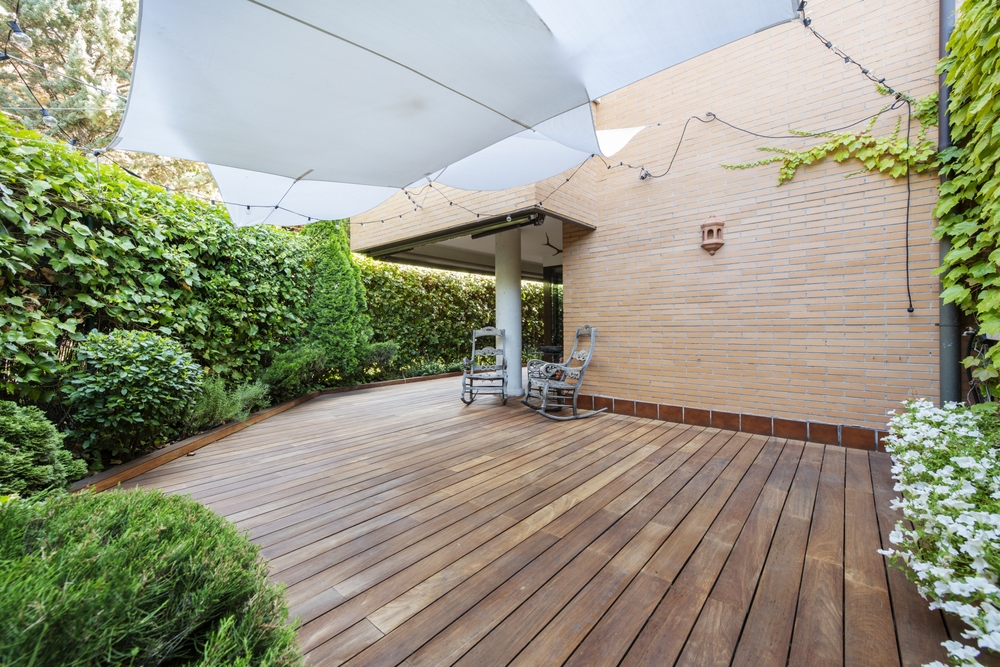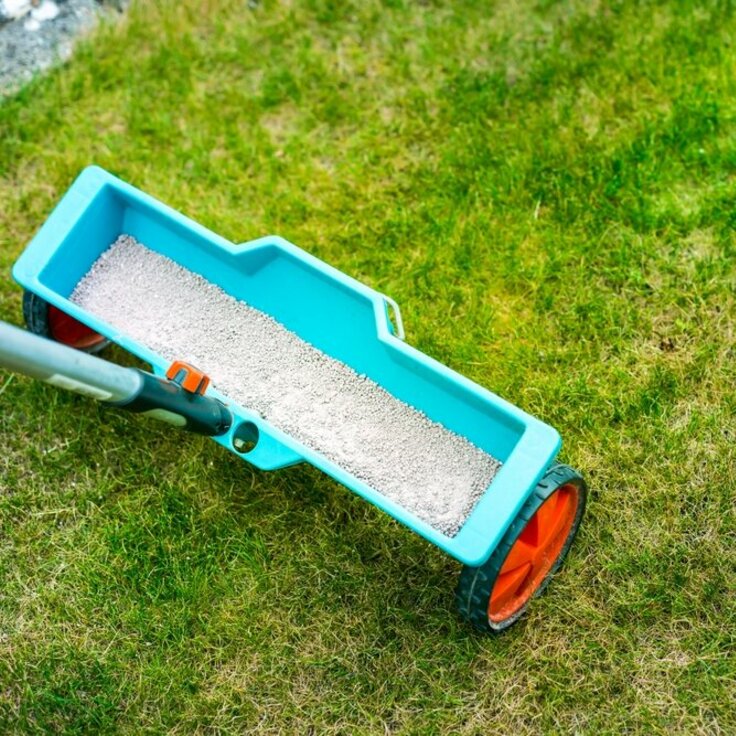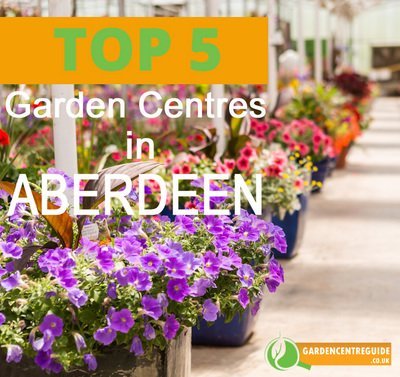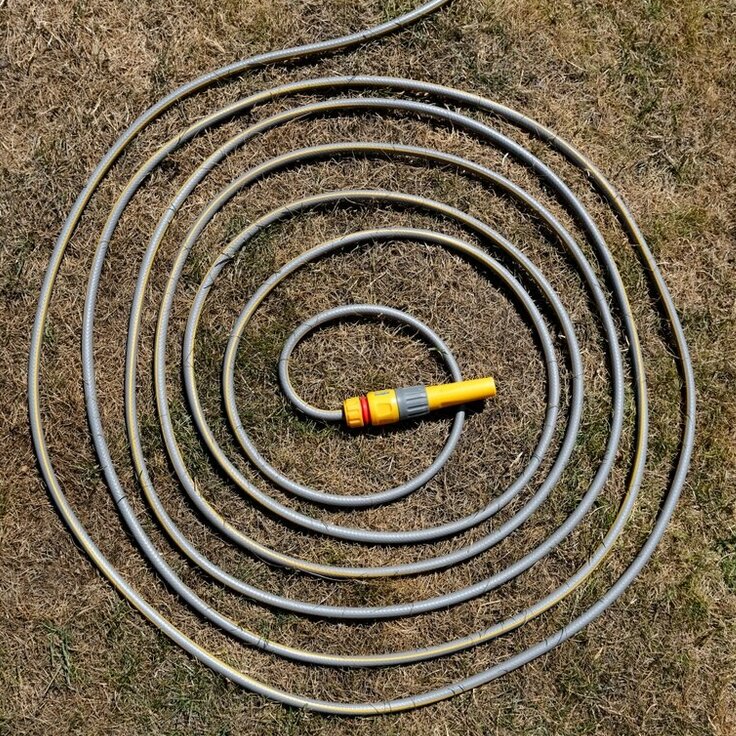What to do with an empty garden?
I think we can all agree that at one point in your life, you just stared out the window, looking at an empty garden and wondered what went wrong. Perhaps it was a once vibrant space that has now become a neglected patch of earth, or maybe it was a new property that you simply haven’t had the time to tackle. If you recognise yourself in this example, it might be time to roll up your sleeves and get started. But what to do with an empty garden? Where do you start? How much energy are you willing to put into the garden?

Where Do I Start?
There is no right or wrong way to start working in your garden. What matters most is that you approach it in a way that feels right for you. These few simple steps have worked for me and might work for you too!
1. Define Your Garden's Purpose
First and foremost, think about what the main purpose of your garden will be. This could be a space for dining, a playground for children, a venue for hosting parties or barbecues with friends and family, or simply a peaceful retreat for relaxation. By identifying the main function of your garden, you can establish a clearer vision and direction for your design and landscaping choices. For example, if you envision family barbecues, you might prioritise a large dining area and an outdoor cooking space. If you’re dreaming of a tranquil oasis, consider a secluded seating area surrounded by lush greenery.
2. Find Inspiration
Once you have a clear purpose, it’s time to seek out inspiration. The internet is a treasure trove of ideas for garden designs. Platforms like Pinterest and Instagram can provide a wealth of images showcasing various garden styles, layouts, and colour schemes. Browse through these platforms and save images that resonate with you. You might discover a particular theme that catches your eye, such as a cottage garden filled with flowers, a sleek modern space with minimalist furniture, or a tropical retreat bursting with vibrant plants. The key is to find a style that reflects your personality and complements the intended use of the garden.
3. Choose Outdoor Furniture
Now that you have a sense of your garden's purpose and style, it's time to start selecting the right outdoor furniture. This is where the fun begins! Knowing what style you prefer and what activities you’ll be doing in the garden will help you filter through options. Measure your space carefully to ensure you choose furniture that fits comfortably without overwhelming the area. Look for durable materials that can withstand the elements, and consider comfort, especially if you plan to host gatherings or spend long evenings outdoors. Whether it’s a large dining table for summer feasts or a cozy lounge set for quiet evenings, choose pieces that enhance your garden's functionality and aesthetic.
4. Add Decorative Touches
Lastly, you can spice up the garden by adding decorations. Personal touches will bring your garden to life and make it feel like your own. Consider using potted plants, decorative stones, or unique sculptures to add visual interest. String lights or lanterns can create a warm, inviting atmosphere, especially in the evenings. Additionally, wall art or decorative items on fences can give your garden personality. Don't shy away from whimsy; cheesy sayings or fun garden gnomes can bring a smile and a sense of charm to the space.
Decoration Inspiration
As you embark on this decorating journey, keep in mind that every garden needs a few essential elements. A barbecue is a must for those spontaneous, unplanned gatherings on sunny days when no one wants to go inside to cook. A quality barbecue, like a Weber gas model, can be a fantastic investment. The prices vary significantly depending on your preferences, so there's something for everyone. It allows you to prepare a homemade garden dinner while enjoying the outdoors with family and friends.
Another crucial element is a heater. Many people overlook this, but it can make a significant difference in how much you enjoy your garden during cooler evenings. Electric outdoor heaters are user-friendly and can be placed strategically around seating areas to ensure everyone stays warm. Being able to stay outside until late creates a romantic and inviting atmosphere, making your garden a favourite spot for gatherings and relaxation. Imagine sitting around the warmth of the heater, sipping on your favourite drink, and sharing stories under the stars. It’s those moments that truly enhance the outdoor experience.
The Role of Plants
While furniture and decorations are essential, let's not forget about the impact of plants in transforming your garden. Incorporating a variety of plants can add depth and texture, creating a dynamic environment. Consider using a mix of perennials and annuals to ensure continuous blooms throughout the seasons. You could also include some evergreens for year-round greenery.
When selecting plants, think about the climate in your area and the amount of sunlight your garden receives. Native plants are often a great choice as they require less maintenance and provide a habitat for local wildlife. If you're interested in growing your own food, consider setting up a vegetable patch or planting some fruit trees. There’s nothing quite like enjoying a meal made with ingredients harvested from your own garden!
Creating Zones
Creating distinct zones within your garden can also enhance its usability. For instance, you might have a dining area with a table and chairs, a lounging area with comfortable seating, and a small garden patch for herbs or vegetables. These zones not only add functionality but also encourage people to explore different parts of your garden. You can use decorative stones, low hedges, or garden paths to define these spaces clearly.
Maintenance Matters
While the initial setup of your garden can be exciting, ongoing maintenance is vital for keeping it looking its best. Develop a regular maintenance schedule that includes watering, weeding, pruning, and cleaning. Consider using mulch to suppress weeds and retain moisture in the soil. This will help reduce your workload in the long run.
If you have a busy lifestyle, consider hiring a gardener or enlisting the help of family and friends for larger projects. Alternatively, you can create a low-maintenance garden by selecting plants that require minimal care, such as succulents or ornamental grasses.
Transforming an empty garden into a lively and inviting space requires thoughtful planning and creativity. By defining its purpose, seeking inspiration, choosing appropriate furniture, adding decorative elements, and considering plant life, you can create a garden that not only enhances your outdoor experience but also reflects your unique personality. Whether you envision lively gatherings or peaceful retreats, your garden can become a cherished extension of your home, providing joy and relaxation for years to come. So, take a moment, step outside, and begin your garden transformation journey today!








